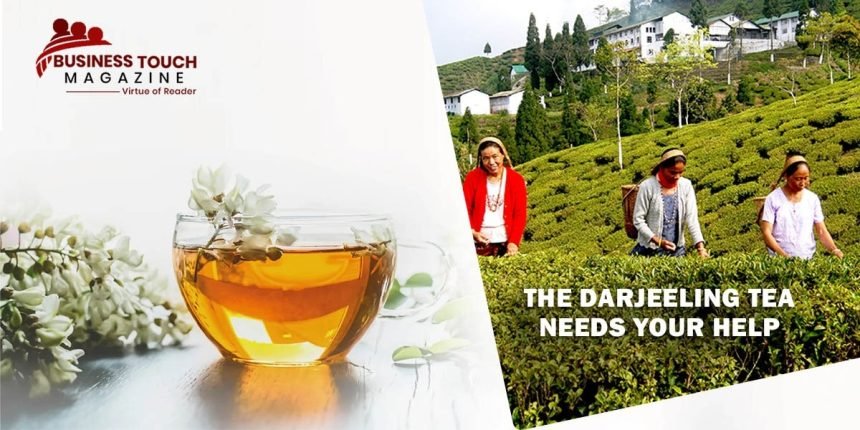Darjeeling tea is in trouble. It was the first Indian product to receive the Geographical Indication (GI) in 2004.
The wrong things have been said recently about Darjeeling tea, the first Indian product to be given the Geographical Indication (GI) label as early as 2004. There are apparently several tea gardens for sale.
The last five to six years have seen a buildup of the issue. The quality of what is marketed as Darjeeling tea has suffered as a result of cheap imports from Nepal that allowed for unrestricted blending. Little brand promotion has been accomplished by the GI tag. Darjeeling gardens are also having trouble maintaining productivity because their shrubs are getting older.
The British East India Company founded the Darjeeling tea business, which has been around for over 150 years. The most well-liked teas are available in the spring and summer, fetching higher prices for the growers. However, the monsoon, which is the region’s longest season, is when 40% of the region’s tea is produced. This is frequently used in blends of Darjeeling tea or—a better choice—roasted types because it is less desirable. In my opinion, the harvest in the fall is so underappreciated that it just seems to disappear.
The current desperation in Darjeeling is primarily due to two things. Gardens were closed for 100 days during the 2017 Gorkhaland movement as workers went on strike in support of their desire for a separate state. The best harvest time, which is between spring and summer flush, fell during this time. The annual buyers who would have come from Europe and Japan were compelled to search elsewhere. A young industry called Nepal tea moved in to fill the void.
Although Nepal and Darjeeling may have similar geographies, the tea from Nepal is not the same. Planters in Darjeeling complain that the introduction of tea of questionable quality has resulted in an unregulated blending of Darjeeling tea with cheap tea from Nepal, which is then sold as Darjeeling.
We can all support Darjeeling tea by drinking tea. Many Darjeeling estates have made the decision to reach out directly to customers by establishing a retail channel; some did so as recently as the lockdown brought on by the pandemic. You can be sure you are receiving the real stuff when you purchase directly from gardens. Many tea merchants are dedicated to promoting Darjeeling and sell Darjeeling tea by garden as well. Inquire about the source and look for the Darjeeling insignia on the packaging. If the price of your Darjeeling tea appears unusually low, you might want to check the source if you buy it loose from a local tea vendor—especially if you reside in Kolkata.
Every Darjeeling planter feels nostalgic while describing the region’s tea. They view it as a beautiful, almost supernatural location that produces the best beer. They claim that tea is much more than a business. However, the Darjeeling tea industry needs to be revived in order for us to enjoy the location and its tea.




